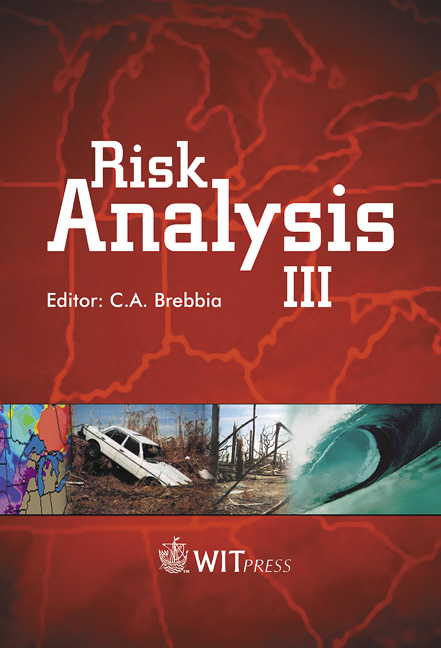PARASODE: A Programme For The Probabilistic Design And Assessment Of Sea Defences
Price
Free (open access)
Transaction
Volume
31
Pages
Published
2002
Size
522 kb
Paper DOI
10.2495/RISK020081
Copyright
WIT Press
Author(s)
T. S. Hedges & M. T. Reis
Abstract
PARASODE: a program for the probabilistic design and assessment of sea defences T. S. Hedges1 & M. T.Reis2 1 Department of Civil Engineering, University of Liverpool, UK. 2 Harbours and Beaches Division, Hydraulics Department, National Laboratory of Civil Engineering (LNEC), Portugal. Abstract Risk analysis provides a useful framework for the design of sea defences. However, coastal engineers have been slow in developing design methods based upon risk analysis. Whilst knowledge of coastal structures is insufficient to permit a full assessment of their safety, it remains possible to assess their safety against specific types of failure (i.e. to consider only single failure modes). The paper starts with a brief summary of single failure mode probabilistic methods and introduces a computer program known as PARASODE, which uses the Level II First Order Reliability Method (FORM). PARASODE (the Probabilistic Assessment of Risks Associated with Seawall Overtopping and Dune Erosion) concentrates on the failure modes of random wave overtopping of simple embankment seawalls and of erosion to dunes. However, much of PARASODE can readily be adapted to, other types of failure. The paper concludes with a case study involving the appraisal of a typical seawall with regard to wave overtopping during storms. Single failure mode probability analysis Theoretical expressions or empirical formulae may be used to define a failure function or limit state function, Z. The value of Z depends on the N random variables, Xi, i=1,...,N of the problem (e.g. water level, wave conditions, structure dimensions and material properties). Consequently, the probability of failure, Pf, during a specified reference period, can be expressed as:
Keywords





